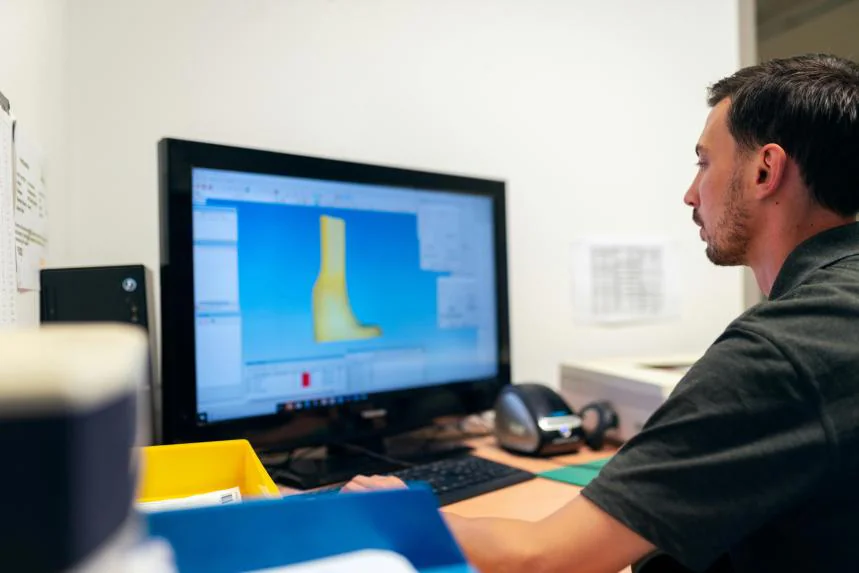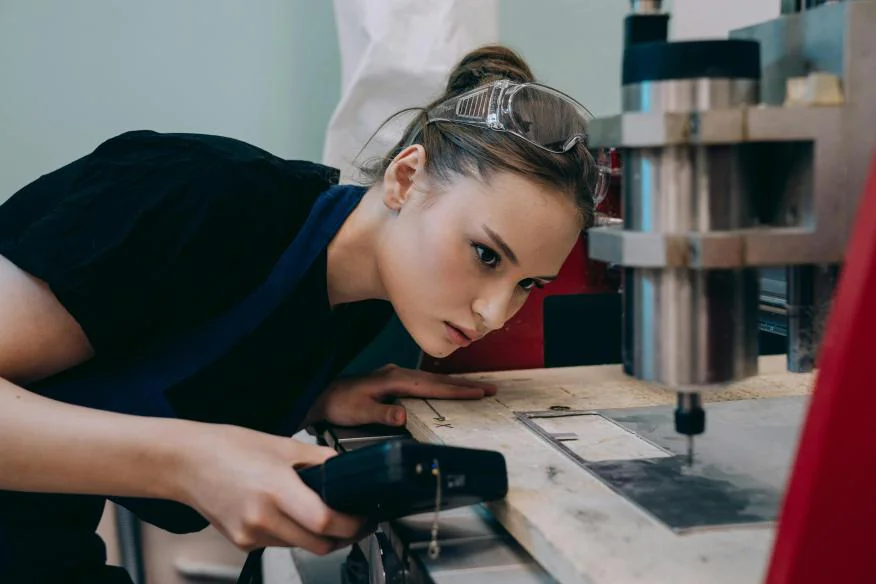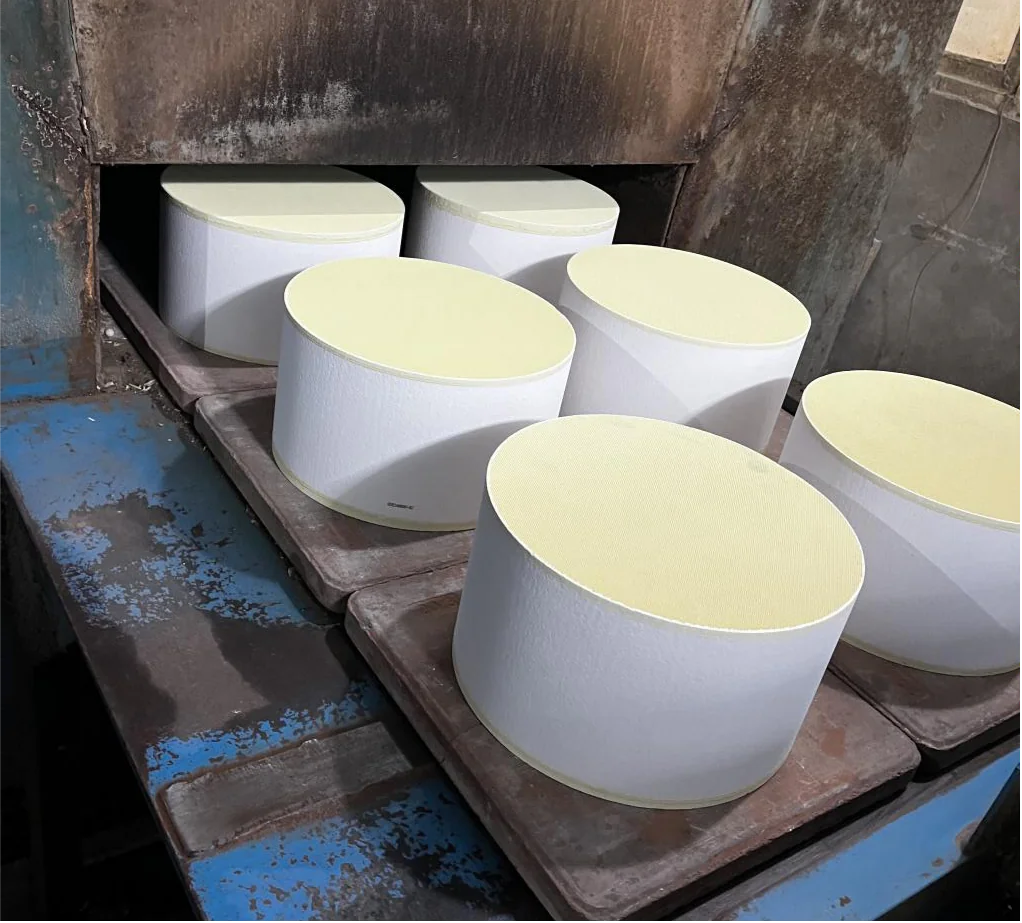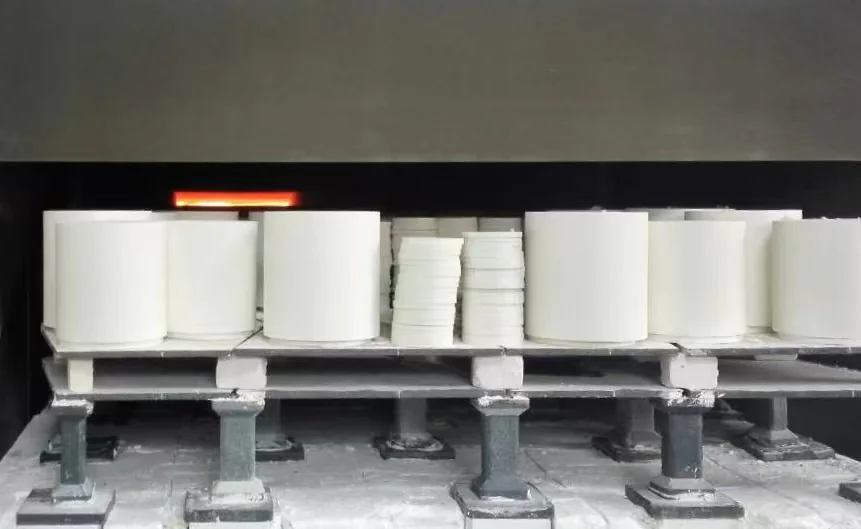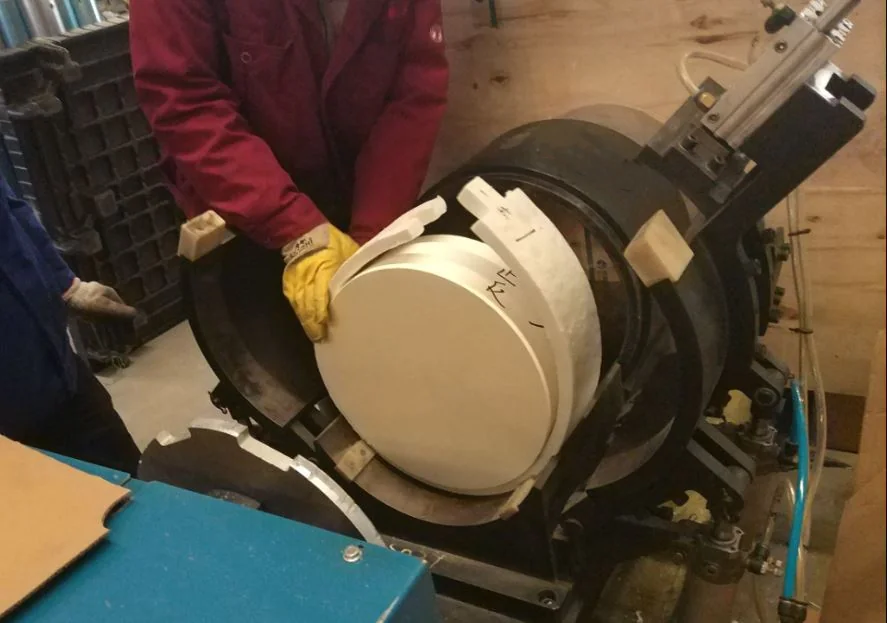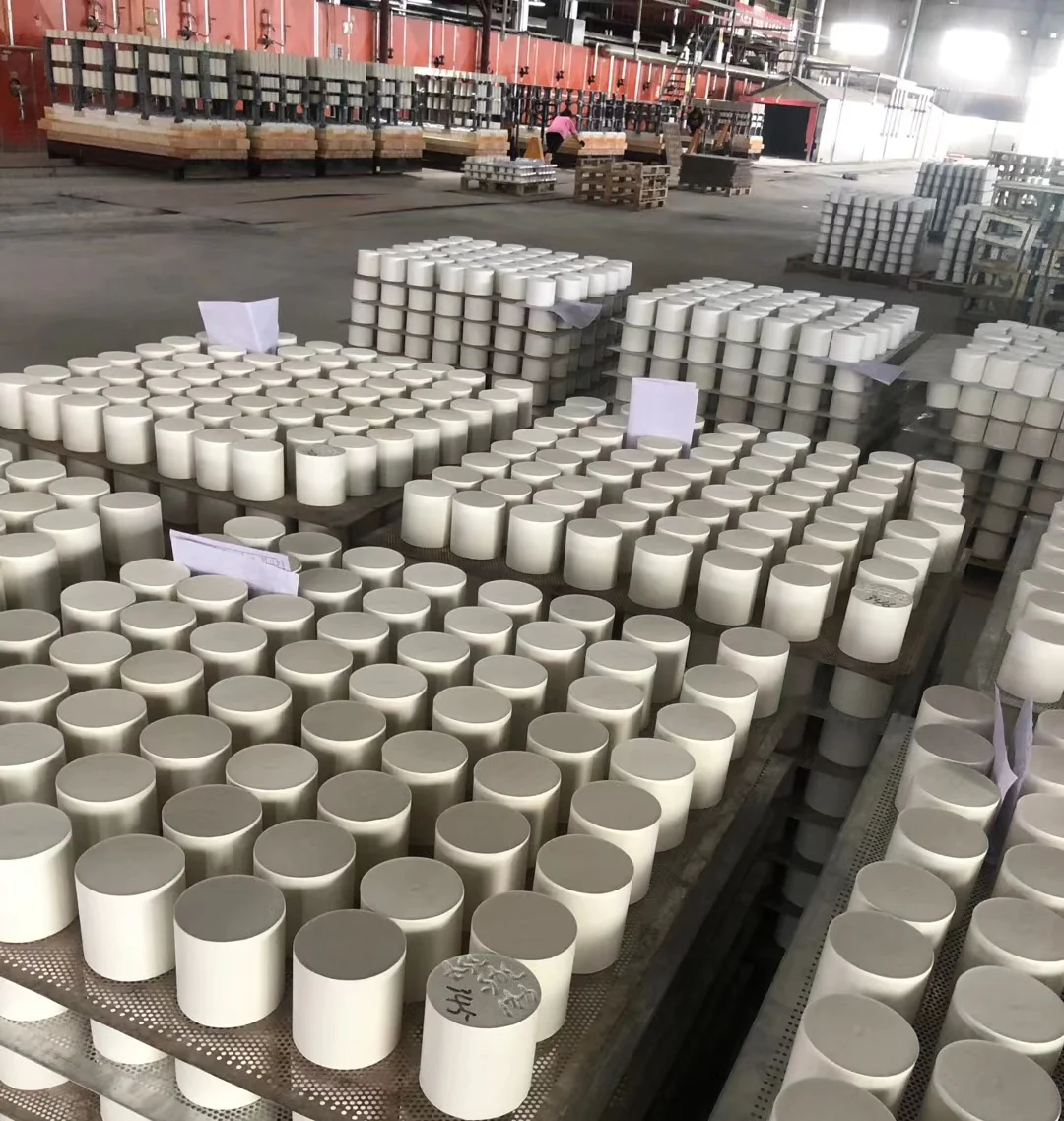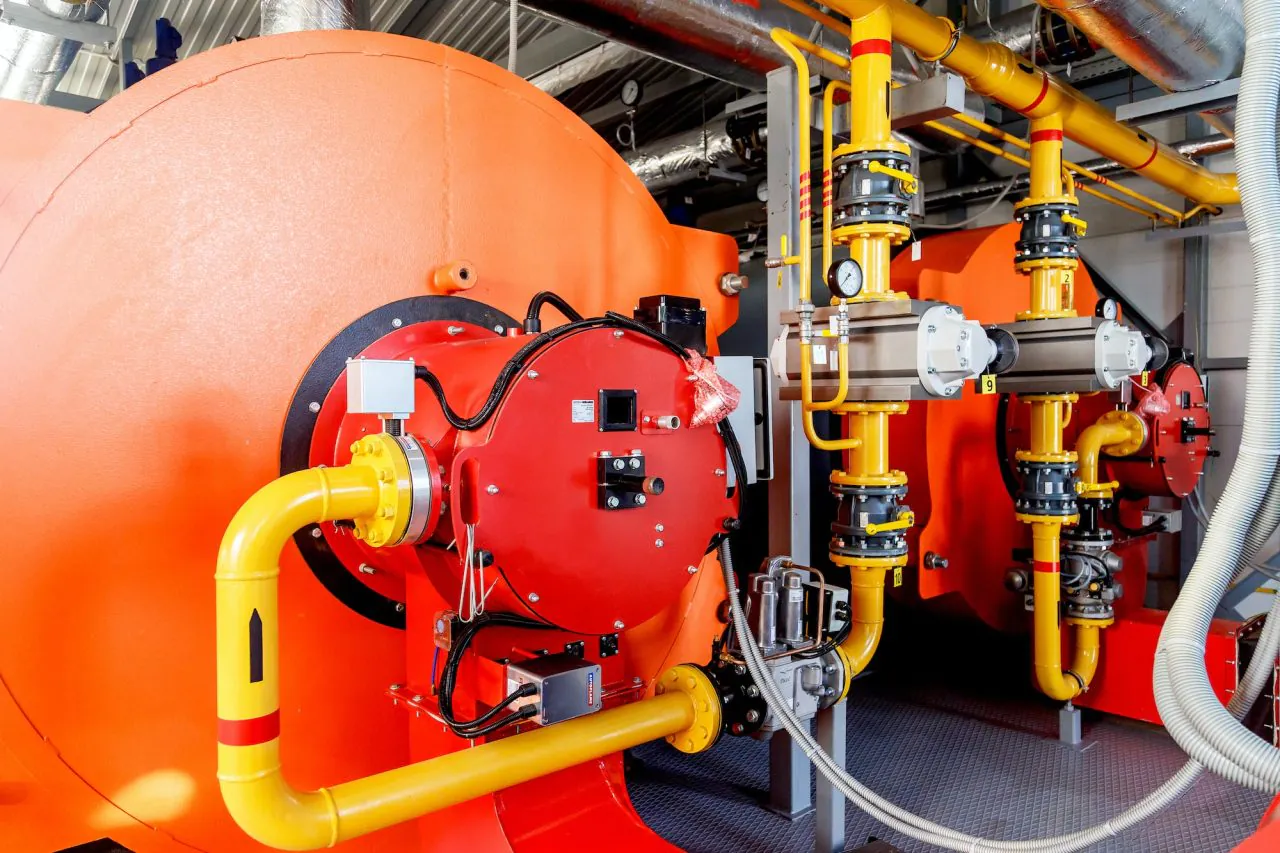To ensure reliable performance across various applications, our metal catalytic converter is available in a wide range of materials, dimensions, and cell densities. Customization is also available to meet specific regulatory and integration requirements. We can produce 100CPSI, 200CPSI, 300CPSI, 400CPSI and 600CPSI honeycomb metallic substrates in various shapes, including round, oval, racetrack and other customized shapes. We constantly improve the quality and service; our metal catalytic converter gets high reputation from customers.
Material of metallic substrate :
| Items | Material |
| shell material | Ferritic stainless steel SUS444, SUS441, SUS430 and austenitic stainless steel SUS304, SUS316. |
| core material | Domestic FeCrAl (2073/216) and import FeCrAl (1.4725/1.4767). |
| braze welding | Nickel-based solder |
Dimension andCell density (CPSI):
| Dimension(mm) | Cell density (CPSI) | Foil thickness(mm) |
| Diameter from 28mm to 550mm, length up to 300mm | 50, 100, 200,250,300,400,500,600, | 0.03,0.04, 0.05,0.06,0.08,0.10 |
Our catalyst is a compound catalyst with rare earth element and noble metals of PT, Pd, Rh, when the exhaust is passing through the three-way catalyst, the CO would be oxidized into CO2, the HC is turned into H2O and CO2, and the NOX is deoxidized into nitrogen. Metal carrier catalysts are made in metal honeycomb carrier with stainless steel crust and Fe-Cr-Al core, it is widely used in motorcycles and off-road engines.
Major technical indicators
| Light-off temperature | Durability | Conversion efficiency | Coating desquamate rate |
| T50(CO)≤230 T50(HC)≤260 T50(NOX)≤250 | 1000KM | CO≥85% HC≥80% CO≥85% | ≤7% |
- Advanced Multi-Metal Catalyst Composition
Our precious metal catalytic converter is a compound catalyst that contains rare earth elements and noble metals including Pt, Pd, and Rh. As the exhaust passes through the three-way catalyst, the CO is oxidized into CO2, the HC is converted into H2O and CO2, and NOX is deoxidized into nitrogen.
- Versatile Catalyst Substrate Options
Our metallic catalytic converter is available in both honeycomb ceramic and metallic substrates. Ceramic substrates are ideal for thermal stability and cost-efficiency, while metallic substrates provide faster light-off and higher mechanical strength for high-vibration or compact applications.
- Durable Coating Performance
The surface of our metal catalytic converter utilizes advanced washcoat technology, ensuring strong adhesion of active materials to the substrate and effectively preventing catalyst loss or deactivation during long-term operation.
- Thermal Shock and Structural Stability
The metallic catalytic converter employs precision manufacturing and robust packaging techniques, which resist thermal shock and mechanical stress, ensuring integrity even in high-temperature or high-vibration environments.
- Complete specifications can be customized
We could customize the metallic catalytic converter according to clients’ different requirements, including sizes, cell densities (CPSI), and geometries.
- Universal Installation Compatibility
The converter supports integration into a variety of engine platforms. The structural configurations and mounting options of the metal core catalytic converter ensure seamless compatibility with OEM and aftermarket systems.
- Emissions Compliance
Passing through the strict test of endurance, our motorcycle exhaust catalytic converter has met the Euro3, Euro4 or CARB, EPA emission standards, enabling the economical loss of the motorcycle’s power to be less than 3%.
The metal core catalytic converter is made from a metal honeycomb carrier with stainless steel crust and Fe-Cr-Al core, which offers advantages such as fast burning, small volume, high mechanical strength, and prominent heat-resistance etc. It is widely used in exhaust gas purification, especially for motorcycles and off-road engines, including excavators, loaders, and concrete mixers.
- What precious metals in catalytic converters?
Precious metals in metallic catalytic converter typically include platinum, palladium, and rhodium. These metals are essential in the chemical reactions that convert harmful gases into cleaner emissions. Hulian’s precious metal catalytic converter uses optimized metal loadings with efficiency and durability, designed to meet strict emission standards.
- What is the difference between a ceramic vs metallic catalytic converter?
A metallic catalytic converter uses a metal substrate, while a ceramic converter uses a ceramic core. Metallic converters are more durable, heat up faster, and are ideal for high-flow applications. In contrast, a metal substrate catalytic converter is lightweight and allows for a faster light-off time, making it suitable for motorcycles and vehicles.
- What is a metallic catalytic converter?
A metallic catalytic converter is an emission control device that uses a metal core instead of ceramic. It helps reduce pollutants like CO, HC, and NOx in exhaust gases. The converter is widely used in motorcycles and vehicles to meet Euro III to Euro VI emission standards.
- What vehicles use a metallic catalytic converter?
The metallic catalytic converter is widely used in motorcycles, passenger cars, and commercial vehicles. It boasts a lightweight structure and excellent thermal shock resistance, ideal for compact exhaust systems. Hulian’s high flow metallic catalytic converter helps all kinds of vehicles to meet different engine configurations and emission standards.
- How does a metallic catalytic converterwork?
A metal core catalytic converter works by utilizing precious metals coated on a metal substrate to initiate oxidation and reduction reactions. As hot exhaust gases pass through the converter, the catalyst triggers the following reactions:Oxidation of carbon monoxide (CO) into carbon dioxide (CO₂)Oxidation of unburned hydrocarbons (HC) into carbon dioxide (CO₂) and water vapor (H₂O)Reduction of nitrogen oxides (NOₓ) into nitrogen (N₂) and oxygen (O₂)This process significantly reduces vehicle emissions and supports compliance with emission standards such as Euro III to Euro VI.
- Why choose Hulian’s metal substrate catalytic converter?
Hulian offers advanced metal substrate catalytic converters with high-performance coatings and precise cell density. Our vehicle exhaust catalyst products ensure fast light-off, strong resistance to vibration, and compliance with Euro emission standards. We also provide customized motorcycle exhaust catalyst solutions to meet the needs of various engines and markets.
- Is a high flow metallic catalytic converterbetter for performance?
Yes, a high flow metallic catalytic converter is generally better for performance compared to standard ceramic converters. It is designed with a less restrictive internal structure and often uses a metal substrate with a higher cell density, which allows exhaust gases to pass through more quickly.
